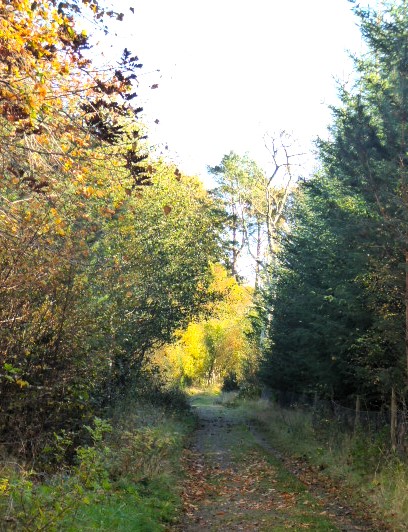
“He is a path, if any be misled…”
That line comes from stanza 77 of a long four part poem by Giles Fletcher, a 17th Century Church of England clergyman. At a key point in the poem Fletcher strings together a catena of metaphors describing who and what Christ is to the sinner seeking mercy. Here is the whole stanza:
He is a path, if any be misled ;
He is a robe, if any naked be :
If any chance to hunger, he is bread ;
If any be a bondman, he is free ;
If any be but weak, how strong is he !
To dead men life he is, to sick men health ;
To blinde men sight, and to the needie wealth—
A pleasure without losse, a treasure without stealth.
I first came across these lines in an anthology of poems on the life of Christ. I memorised them, not knowing they came from one of the great epic poems in English religious literature. In my own spiritual life this one stanza ranks alongside John Newton’s ‘How sweet the name of Jesus sounds in a believer’s ear’; and from a very different source, Bernard of Clairvaux’s long paean of praise to the name of Jesus found in his sermons on the Song of Songs.
But it was that first line that etched an image on my mind and spirit that I can’t forget, and which comes alive and visible on many a forest walk! Those who know me have plenty of evidence here and on Facebook that I like to photograph paths.
‘He is a path, if any be misled…’
That solitary line is an inner invitation every time I see an image like the one in the photo above. It isn’t hard to imagine that the light at the end of the path has its own devotional nudge towards the One who is the path, and the light, and the companion on the way.
Such a tenuous thread seems the providence of God. A 17th Century puritan poet priest writes an epic with hundreds of stanzas, it was published then largely forgotten, revived again when published in the 19th Century by the Scottish literary editor Alexander B. Grosart. Neglected ever since apart from the occasional stanza harvested into anthologies of religious poetry.
And in one such anthology, I read it in my late twenties, when stanza 77 became part of my devotional vocabulary, and that first line has since been a kindly corrective, a gentle reminder, a summons to courage, and an assurance of faith:
‘He is a path, if any be misled…’
Leave a Reply